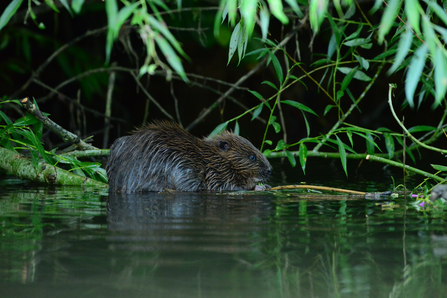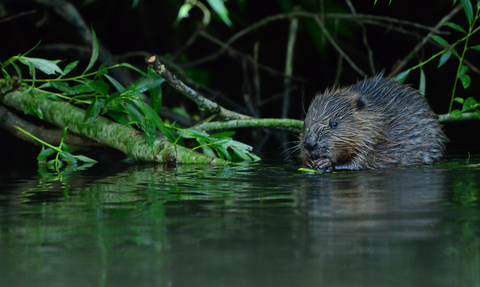- Volunteering with Avon Wildlife Trust, Watts found evidence in 2021 of wild and free beavers living on the River Avon for the first time since their extinction more than 400 years ago.
- In River Journey, Watts recounts how his kayak-based search for the beavers led to face-to-face encounters with a multi-generation beaver family and discoveries of national significance.
- The book shares insights into beaver behaviour, together with Watts’s never-seen-before personal photography documenting the adventure.
In his funny and frank debut wildlife memoir, CEO of Triodos Bank UK Bevis Watts shares how he discovered a family of wild beavers thriving on the River Avon near Bath. The endangered species has been reintroduced across the UK in conservation trials since the early 2000s, but Watts’s discovery of three generations of beavers in the wild suggests that the once-extinct species may once more be breeding, flourishing and living freely along the Bristol River Avon.


